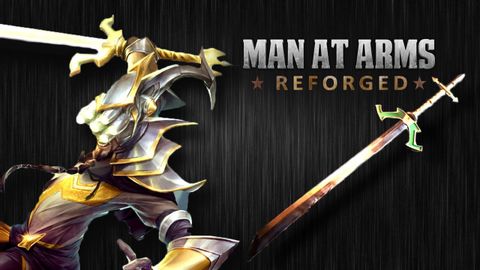
Subtitles & vocabulary
Master Yi's Ring Sword (League of Legends) - MAN AT ARMS: REFORGED
00
林雨濃 posted on 2016/04/05Save
Video vocabulary
master
US /ˈmæstɚ/
・
UK /'mɑ:stə(r)/
- Transitive Verb
- To gain control over something
- To learn to do something very well
- Adjective
- Being very skilled at doing something
- Being the main or most important thing or part
A2
More guard
US /ɡɑrd/
・
UK /ɡɑ:d/
- Transitive Verb
- To keep watch over something to protect it
- Noun (Countable/Uncountable)
- Someone who watches a place or prevents escapes
- A player in basketball whose primary role is to handle the ball and initiate the offense.
A2
More bar
US /bɑ:r/
・
UK /bɑ:(r)/
- Noun (Countable/Uncountable)
- Piece of (soap, chocolate etc.)
- Professional organization of lawyers and judges
- Transitive Verb
- To prevent entry, exit or an action
A2
More thrill
US /θrɪl/
・
UK /θrɪl/
- Noun (Countable/Uncountable)
- Thing/event causing sudden excitement or pleasure
- A sudden feeling of fear or excitement.
- Verb (Transitive/Intransitive)
- To feel sudden excitement or pleasure
- To cause someone to feel excited and pleased.
A2
More Use Energy
Unlock All Vocabulary
Unlock pronunciation, explanations, and filters
